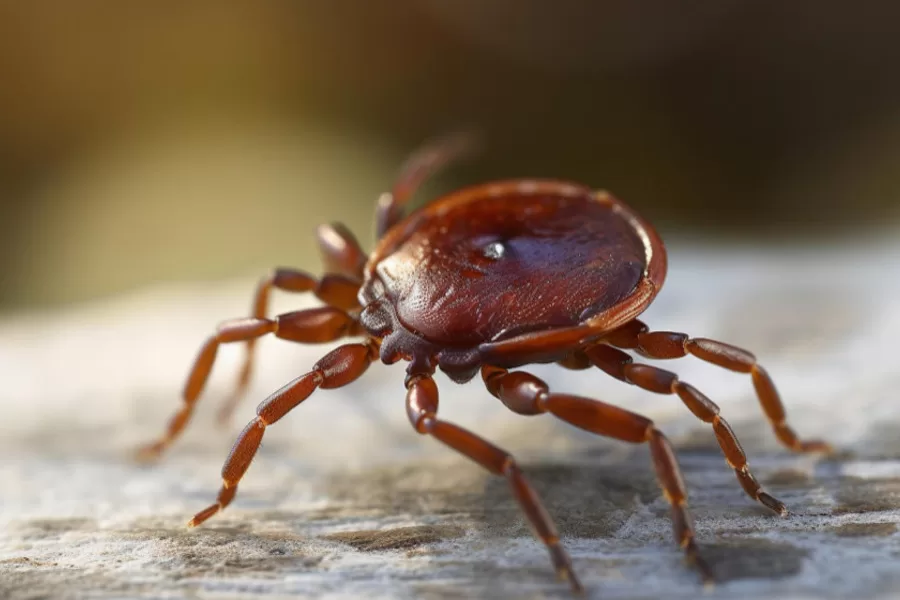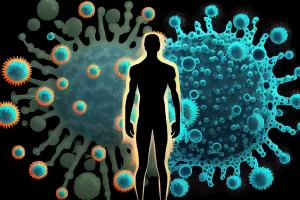Skin problems may be of different origins. Sometimes rash and itching may be caused by small living creatures that are almost impossible to notice. These are mites and their infestation is challenging to diagnose. Let’s discover more about this tiny problem and solutions to cope with it.
What are Mites
Mites are not insects. They are so-called arthropods, somehow similar to spiders and ticks. Different types of mites exist but most of them are not interested in humans. They feed on insects or particles of dead plants and animals.
Types of Mites
Still, a few species can infest the skin of humans and cause different unpleasant symptoms that require special treatment. They include the following types.
Scabies Mites
This type infests skin to lay eggs and feed. Therefore, a red pimply rash appears accompanied by itching. Only direct contact with an infected person or animal leads to contamination. Special treatment is required to get rid of scabies.
Demodex Mites
These small eight-legged parasites prefer to live in hair follicles and oil glands of the face, neck and chest. Generally, they are considered harmless. Moreover, they help to remove dead skin cells and in this way may be even helpful. Still, sometimes they cause skin problems that do not disappear without adequate treatment.
Chiggers
This species is one of the most common infestations of humans. It lives on the skin and bites during the larval stage. The bites result in an intensely itchy red rash.
Dust Mites
These small creatures feed on dead skin cells and may cause allergic reactions in some people. The symptoms are similar to seasonal allergy with itchy eyes, runny nose and sneezing.
Causes of Mites Infestation
The main cause is different types of mites that infest the skin and lead to different unpleasant symptoms.
How mites transfer from host to host
In order to spread to another person, mites require prolonged, skin-to-skin contact. That is because they are slow and need a lot of time to crawl on the skin of others. Therefore, most often, mites spread inside the family, between sexual partners, in nursing homes, childcare facilities and other overcrowded places.
They can be also passed via shared personal items, towels and bedding. However, a quick hug or handshake will not lead to contamination.
Common Symptoms of Mites Infestation
It may be challenging to diagnose this problem due to the symptoms that are common for many other skin diseases. Still, we should stay aware that the following conditions might be related to mites.
Itching
Itching accompanies all types of mites. It can be truly unbearable and appears due to the bites and wastes produced by the parasites. Scratching may lead to wounds and even worse skin problems.
Red bumps and blisters
Small red bumps and blisters always appear on the infested areas. They can have different localization and size.
Redness
The infested areas usually get the red colour and may be a bit swollen.
Eczema
Sometimes the infestation causes a skin condition similar to allergic eczema. In the acute phase, it is a red, itchy, moist rash, and then the skin becomes dry and thick.
Acne-like eruptions
Demodex mites cause acne that cannot be treated with the usual medications for this problem.
Sneezing and runny nose
The attack of dust mites results in runny noisy, itchy eyes and sneezing and can be easily confused with a seasonal allergic reaction.
Difficulty breathing
In case of a severe allergic reaction caused by mites, the patient may experience problems with breathing and other severe conditions.
Diagnosing Mite Infestations
As mites are very tiny, it is almost impossible to notice them on the skin. They look like very small black dots and only a special examination can prove the diagnosis.
Skin Scraping and Microscopic Examination
The simplest way is to scrape a tiny bit of skin and look at it through the microscope. This test reveals both mites and their eggs and feces. The specialist will be able to discover the type of infestation.
Dermoscopy
This method is similar to the previous one, just the doctor utilizes a special tool to examine the skin of the patient without taking any samples.
Ink Test
This simple test allows observing the burrows made by mites on the skin. The excess ink is applied to the infested area and the burrow becomes visible.
Allergy Testing
In this case, the extract of, for instance, dust mites is applied to the skin and the doctor observes the reaction. It is usually done on the forearm and the results are visible in 10-15 minutes.
Biopsy
Taking a small sample of the infested skin for biopsy is also one of the possible diagnostic methods. The sample is then thoroughly studied for the signs of the parasites.
Treatment of Mites Infestation
The most important step is the proper treatment of this condition.
Creams
Creams containing special insecticides must be applied according to the prescription of the doctor on the infested areas or the whole body. They must be left for several hours at least. This treatment can be both one-time or repetitive.
Lotions
Instead of the cream, a lotion can be prescribed. It is not so thick and easier to apply on the skin. However, the mechanism of action is the same.
Antibiotics
Antibiotics are sometimes prescribed to treat Demodex mites. They are used as additional therapy to make the basic one more effective.
Allergen immunotherapy
For dust mites treatment, this therapy is good. It helps the body to get used to the parasites at first and then cope with them with the help of the immune system.
Other
In the case of hard itching, antihistamine medicines are prescribed as pills. Creams with hydrocortisone may also help to reduce the disturbing symptoms.
You might find this helpful: Stromectol (ivermectin)
Prevention of Mites Infestation
As we have seen, it is easier to prevent this problem than to cope with it. Of course, it is not always possible but simple rules may be helpful.
Hygiene practices
Personal hygiene recommends doing the following:
- clean the body every day;
- regularly wash hands with soap, especially after playing with animals;
- use your own towel and do not share it with family members;
- regularly wash clothes.
In case of the appearance of any unpleasant symptoms, it is better to visit a doctor at once. Moreover, when one person from the household is diagnosed with mites, all others must also get the same treatment to avoid re-infestation.
Regular Cleaning in living spaces
In addition, we should keep in mind that some types of mites, like dust, can appear due to uncleaned and dirty spaces. Therefore, do not neglect regular wet cleaning, throw away unnecessary things and keep your home clean and tidy.
Summary
Altogether, tiny mites may cause really large problems. To avoid them, follow basic hygiene rules. In case of any disturbing symptoms, do not neglect proper medical care and do not think that the problem will disappear on its own. Only special treatment helps to cope with mites and kill them once and for all.
FAQ
How to get rid of mites in humans?
Special lotions or creams that contain compounds that kill the mites are prescribed by the doctor. They are applied for several hours to get rid of them.
What are symptoms of Mites infestations?
The main symptoms include a red rash similar to pimples that is accompanied by itching. Sometimes the symptoms are similar to seasonal allergy with sneezing and runny nose.
How did I get mites?
The infestation happens only after a long and direct contact with the other infested person. In addition, contaminated items like towels or bedding may contribute to the spreading o mites.
What kills mites on your body?
Only special prescription medications that contain insecticides cope with this task. Such cream or lotion should be prescribed by the specialist.



